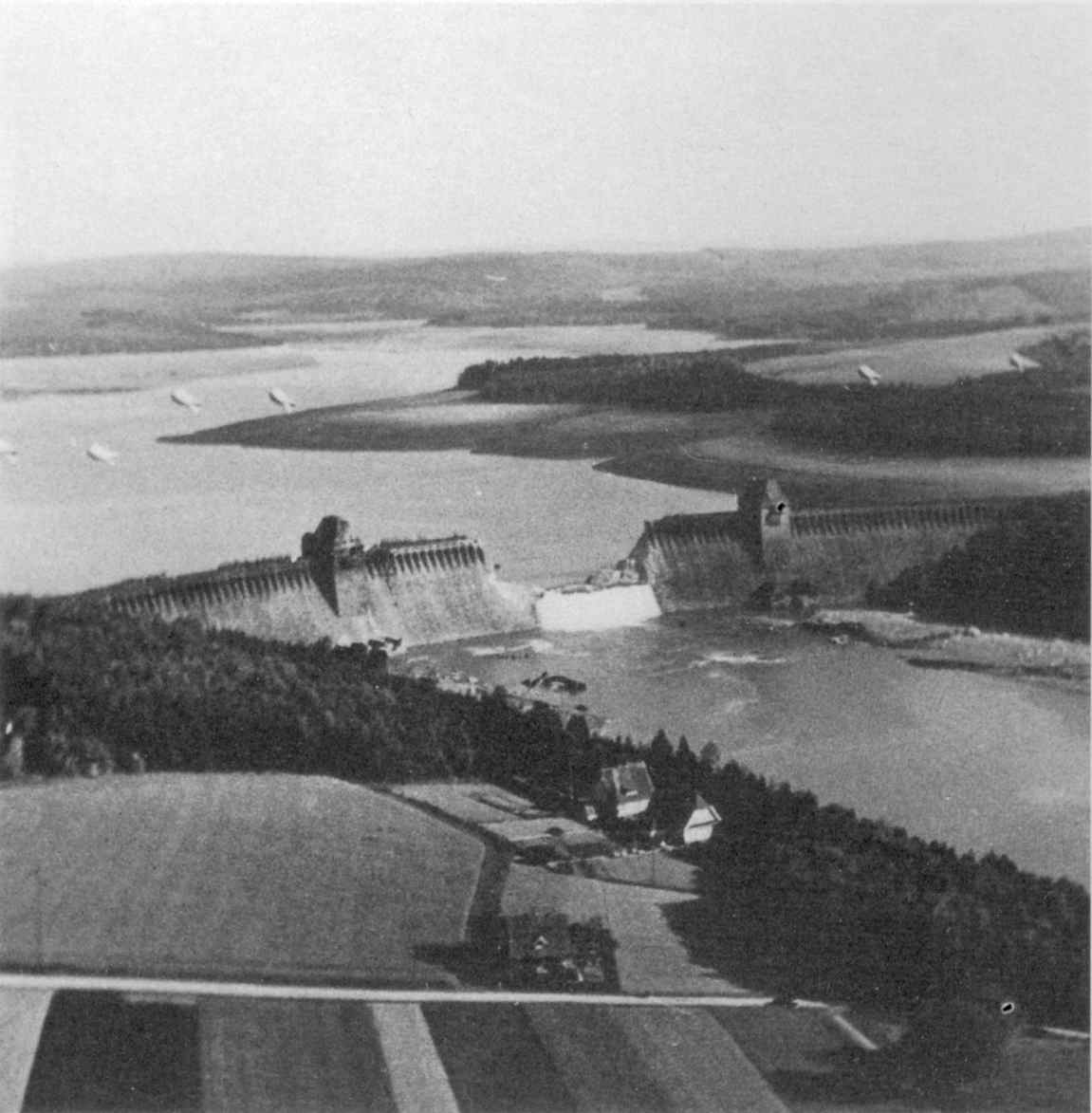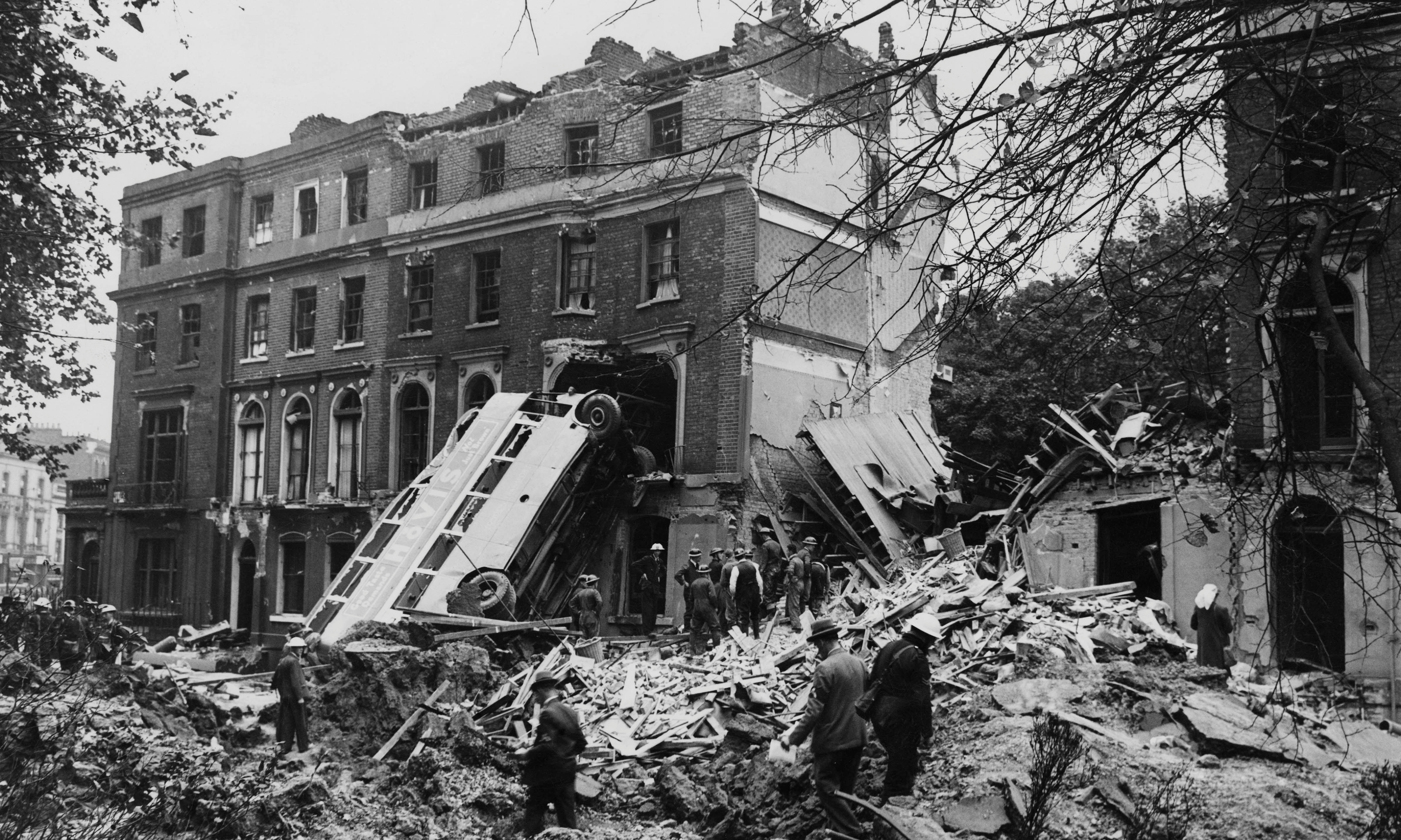|
Sorpe Dam
The Sorpe Dam () is a dam on the Sorpe river, near the small town of Sundern in the district of Hochsauerland in North Rhine-Westphalia, Germany. Together with the Biggesee, the Möhne Reservoir, and the Verse reservoir, the Sorpe Reservoir is one of the major artificial lakes of the Sauerland's ''Ruhrverband'' reservoir association. It serves as a water supply, drives hydroelectric generators, and is used for leisure and recreation. Geography The Sorpe Dam is situated to the north of the ''Homert'' natural park, south-west of the city of Arnsberg in an area belonging to the borough of Sundern (Sauerland) between the villages of Langscheid (at the dam) and Amecke. It is supplied by the Sorpe stream. About once a year in spring, the reservoir runs over into the spillway, generating massive whitewater down the cascades to the stilling basin that draws crowds of spectators for a few days. Neighbouring municipalities * Balve * Sundern History The major prerequisite fo ... [...More Info...] [...Related Items...] OR: [Wikipedia] [Google] [Baidu] |
Germany
Germany, officially the Federal Republic of Germany, is a country in Central Europe. It lies between the Baltic Sea and the North Sea to the north and the Alps to the south. Its sixteen States of Germany, constituent states have a total population of over 84 million in an area of , making it the most populous member state of the European Union. It borders Denmark to the north, Poland and the Czech Republic to the east, Austria and Switzerland to the south, and France, Luxembourg, Belgium, and the Netherlands to the west. The Capital of Germany, nation's capital and List of cities in Germany by population, most populous city is Berlin and its main financial centre is Frankfurt; the largest urban area is the Ruhr. Settlement in the territory of modern Germany began in the Lower Paleolithic, with various tribes inhabiting it from the Neolithic onward, chiefly the Celts. Various Germanic peoples, Germanic tribes have inhabited the northern parts of modern Germany since classical ... [...More Info...] [...Related Items...] OR: [Wikipedia] [Google] [Baidu] |
Standard Gauge
A standard-gauge railway is a railway with a track gauge of . The standard gauge is also called Stephenson gauge (after George Stephenson), international gauge, UIC gauge, uniform gauge, normal gauge in Europe, and SGR in East Africa. It is the most widely used track gauge around the world, with about 55% of the lines in the world using it. All high-speed rail lines use standard gauge except High-speed rail in Russia, those in Russia, High-speed rail in Finland, Finland, High-speed rail in Uzbekistan, Uzbekistan, and some line sections in High-speed rail in Spain, Spain. The distance between the inside edges of the heads of the rails is defined to be 1,435 mm except in the United States, Canada, and on some heritage British lines, where it is defined in Imperial and US customary measurement systems, U.S. customary/Imperial units, British Imperial units as exactly "four feet eight and one half inches", which is equivalent to 1,435.1mm. History As railways developed and expa ... [...More Info...] [...Related Items...] OR: [Wikipedia] [Google] [Baidu] |
Bouncing Bomb
A bouncing bomb is a bomb designed to bounce to a target across water in a calculated manner to avoid obstacles such as torpedo nets, and to allow both the bomb's speed on arrival at the target and the timing of its detonation to be predetermined, in a similar fashion to a regular naval depth charge. The inventor of the first such bomb was the British engineer Barnes Wallis, whose "Upkeep" bouncing bomb was used in the Royal Air Force, RAF's Operation Chastise of May 1943 to bounce into German dams and explode underwater, with an effect similar to the underground detonation of the later Grand Slam bomb, Grand Slam and Tallboy bomb, Tallboy earthquake bombs, both of which he also invented. British bouncing bombs After the outbreak of the Second World War in 1939, Wallis saw strategic bombing as the means to destroy the enemy's ability to wage war and he wrote a paper entitled "A Note on a Method of Attacking the Axis powers, Axis Powers". Referring to the enemy's power suppli ... [...More Info...] [...Related Items...] OR: [Wikipedia] [Google] [Baidu] |
Royal Air Force
The Royal Air Force (RAF) is the Air force, air and space force of the United Kingdom, British Overseas Territories and Crown Dependencies. It was formed towards the end of the World War I, First World War on 1 April 1918, on the merger of the Royal Flying Corps (RFC) and the Royal Naval Air Service (RNAS). Following the Allies of World War I, Allied victory over the Central Powers in 1918, the RAF emerged as the largest air force in the world at the time. Since its formation, the RAF has played History of the Royal Air Force, a significant role in Military history of the United Kingdom, British military history. In particular, during the Second World War, the RAF established Air supremacy, air superiority over Nazi Germany's Luftwaffe during the Battle of Britain, and led the Allied strategic bombing effort. The RAF's mission is to support the objectives of the British Ministry of Defence (United Kingdom), Ministry of Defence (MOD), which are to "provide the capabilities nee ... [...More Info...] [...Related Items...] OR: [Wikipedia] [Google] [Baidu] |
Möhne Reservoir
The Möhne Reservoir, or Moehne Reservoir, is an artificial lake in North Rhine-Westphalia, some 45 km east of Dortmund, Germany. The lake is formed by the damming of two rivers, Möhne and Heve, and with its four basins stores as much as 135 million cubic metres of water. History Construction and inauguration In 1904, calculations about the future demand for water for people and industry in the growing Ruhr-area determined that the existing storage volume of 32.4 million m³ in dams of the Ruhr river system needed tripling. Thus, on 28 November 1904, the general assembly of the ''Ruhrtalsperreverein'' decided to construct additional dams. During 1908 to 1912 they built the Möhnetalsperre at a cost of 23.5 million marks. When opened, the dam was the largest dam in Europe. 140 homesteads with 700 people had to move. It was built to help control floods, regulate water levels on the Ruhr (river), Ruhr river downstream, and generate hydropower. Today, the lake is also a ... [...More Info...] [...Related Items...] OR: [Wikipedia] [Google] [Baidu] |
Edersee Dam
The Edersee Dam is a hydroelectric dam spanning the Eder river in northern Hesse, Germany. Constructed between 1908 and 1914, it lies near the small town of Waldeck at the northern edge of the Kellerwald. Breached by Allied bombs during World War II, it was rebuilt during the war, and today generates hydroelectric power and regulates water levels for shipping on the Weser river. At low water in late summers of dry years the remnants of three villages (Asel, Bringhausen, and Berich) and a bridge across the original river bed submerged when the lake was filled in 1914 can be seen. Descendants of those buried there go to visit the graves of their ancestors. Überlauf Edertalsperre III.jpg, Overflowing Edersee Dam in spring 2021 Edersee Panorama Waldeck.jpg, The Edersee today (low water level) World War II The dam was breached in World War II by bouncing bombs dropped by British Lancaster bombers of No. 617 Squadron RAF as part of Operation Chastise. The early morning rai ... [...More Info...] [...Related Items...] OR: [Wikipedia] [Google] [Baidu] |
Operation Chastise
Operation Chastise, commonly known as the Dambusters Raid, was an attack on Nazi Germany, German dams carried out on the night of 16/17 May 1943 by No. 617 Squadron RAF, 617 Squadron RAF Bomber Command, later called the Dam Busters, using special bouncing bombs developed by Barnes Wallis. The Möhne Reservoir, Möhne and Edersee Dam, Edersee dams were breached, causing catastrophic flooding of the Ruhr (river), Ruhr valley and of villages in the Edertal, Eder valley; the Sorpe Dam sustained only minor damage. Two hydroelectric power stations were destroyed and several more damaged. Factories and mines were also damaged and destroyed. An estimated 1,600 civilians – about 600 Germans and 1,000 Forced labour under German rule during World War II, enslaved labourers, mainly Soviet – were killed by the flooding. Despite rapid repairs by the Germans, production did not return to normal until September. The RAF lost 56 aircrew, with 53 dead and three captured, amid losses of eight ... [...More Info...] [...Related Items...] OR: [Wikipedia] [Google] [Baidu] |
Airstrike
An airstrike, air strike, or air raid is an offensive operation carried out by aircraft. Air strikes are delivered from aircraft such as blimps, balloons, fighter aircraft, attack aircraft, bombers, attack helicopters, and drones. The official definition includes all sorts of targets, including enemy air targets, but in popular usage the term is usually narrowed to a tactical (small-scale) attack on a ground or naval objective as opposed to a larger, more general attack such as carpet bombing. Weapons used in an airstrike can range from direct-fire aircraft-mounted cannons and machine guns, rockets and air-to-surface missiles, to various types of aerial bombs, glide bombs, cruise missiles, ballistic missiles, and even directed-energy weapons such as laser weapons. In close air support, air strikes are usually controlled by trained observers on the ground for coordination with ground troops and intelligence in a manner derived from artillery tactics. History Beginnings Th ... [...More Info...] [...Related Items...] OR: [Wikipedia] [Google] [Baidu] |
World War II
World War II or the Second World War (1 September 1939 – 2 September 1945) was a World war, global conflict between two coalitions: the Allies of World War II, Allies and the Axis powers. World War II by country, Nearly all of the world's countries participated, with many nations mobilising all resources in pursuit of total war. Tanks in World War II, Tanks and Air warfare of World War II, aircraft played major roles, enabling the strategic bombing of cities and delivery of the Atomic bombings of Hiroshima and Nagasaki, first and only nuclear weapons ever used in war. World War II is the List of wars by death toll, deadliest conflict in history, causing World War II casualties, the death of 70 to 85 million people, more than half of whom were civilians. Millions died in genocides, including the Holocaust, and by massacres, starvation, and disease. After the Allied victory, Allied-occupied Germany, Germany, Allied-occupied Austria, Austria, Occupation of Japan, Japan, a ... [...More Info...] [...Related Items...] OR: [Wikipedia] [Google] [Baidu] |
Light Railway
A light railway is a Rail transport, railway built at lower costs and to lower standards than typical "heavy rail": it uses lighter-weight track, and may have more Grade (slope), steep gradients and Minimum railway curve radius, tight curves to reduce civil engineering costs. These lighter standards allow lower costs of operation, at the price of lower vehicle capacity. Narrow gauge The precise meaning of the term "light railway" varies by geography and context. In countries where a single standard gauge is dominant, the term light railway does not imply a narrow gauge railway. Most narrow gauge railways operate as light railways, but not all light railways need be narrow gauge. After Charles Easton Spooner, Spooner's development of steam haulage for narrow gauge railways, the prevailing view was that the gauge should be tailored according to the traffic: "The nearer the machine is apportioned to the work it has to do the cheaper will that work be done." From the 1890s, it ... [...More Info...] [...Related Items...] OR: [Wikipedia] [Google] [Baidu] |




